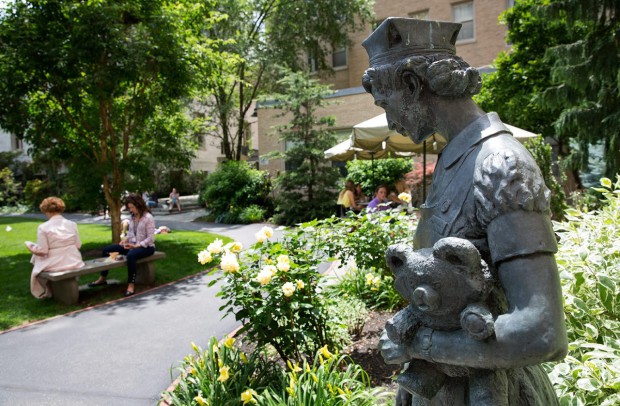RIP: Prince
(June 7, 1958 – April 21, 2016)

As a long-time coverblogger, it’s not hard to have mixed feelings about the death of rockstar Prince today at the age of 57. The eminently egotistical Artist Formerly Known As An Unpronounceable Symbol was notoriously negative about “industry” coverage, expressing frustration that the law makes it perfectly legal to cover other people’s songs as long as the piper has been paid, and raising concern time and time again in interviews that “covering the music means your version doesn’t exist anymore”. Prince’s legal team was infamous for issuing YouTube take-down notices, and tight-fisted about permissions, too. And there we were, pretty gun-shy after being booted off Blogger for a string of false take-down notices in our early days.
And so, with a very few notable exceptions, for 9 long years online, we’ve pretty much avoided even talking about the man, let alone sharing our favorite covers.
Until now. Because Prince Rogers Nelson’s sexy pop anthems populate our world like nobody’s business, and praise the lord. Glitchy and over-the-top anthemic as it may be, I actually prefer his version of Nothing Compares To U to Sinead O’Connor’s. And I can’t think of any version of Kiss that I like better than the original, though Richard Thompson’s tongue-in-cheek take has its own rough-hewn joy, too.
And maybe, just maybe, that – plus the sheer volume of tributes that will surely join this one in the ether in the hours and days to come – offers sufficient protection from the wrath that is Prince’s estate today, as we celebrate a man whose purply influence will surely shine on the world of music for decades to come.
To suggest that Prince’s position on coverage was extreme is not to suggest that it had some merit, of course; as someone who recently listed Tainted Love as a Soft Cell original, I’m in a particularly poor position to suggest that great covers cannot and do not sometimes obscure original recordings. We’ve touched on the definitive, transformative cover here before, too, most notably in our 2008 deep dive into the shift in sound and sensibility Jeff Buckley brought to Leonard Cohen’s Hallelujah, which proved to influence pretty much all subsequent coverage of the song.
But to prefer the Ryan Adams version of Wonderwall is one thing; to say that it somehow eradicated the original is quite another. When Noel Gallagher says in his 2008 Spin interview that he and brother Liam hate singing Wonderwall, and that he thinks Ryan Adams is the only person who ever got it right, it says more about the potential of the cover to save the song than it does about its potential to erase it. Liam may no longer want to sing Wonderwall the way it was written, but the record lives on – and as Gallagher notes in the same interview, fans still clamor for the original, too.
And so, today, in honor of Prince’s passing, we break our vow of silence on the subject to present our very favorite covers from the folkworld. It’s good crop, too, with The Blue Rubies mid-eighties cover of Prince’s When U Were Mine, which was one of my very first folk covers – a moment of early clarity in a world cluttered with postpunk, synthpop, and early grunge – The Be Good Tanyas take on When Doves Cry, which I featured in my very first music post, before Cover Lay Down was even born, and last year’s remake of Prince’s playful oddity Starfish and Coffee from kidfolk fave Renee and SNL alum Maya Rudolph.
Add in a bluesy take from an underground Norwegian tribute now otherwise lost to the great archive in the sky, James Taylor’s son on a pristine backporch kick, a soaring high-production take on a track originally posted online as Violet Rain to confound the legal team, the ragged, live and in-studio vocals of Bonnie “Prince” Billy, Richard Thompson, and Martin Sexton, and a few more joys from around the block, and you’ve got a tribute set worth waiting for.
May the covers ever live on alongside, not instead of, the originals which Prince himself brought to our ears. And may we never forget to gather together, dearly beloved, to get through this thing called life.
Covered In Folk: Prince
Ad-free and artist-friendly since 2007, Cover Lay Down explores the modern folkways through the performance of popular song year-round thanks to the kindness of patrons like you. Give now to support our continuing mission, and receive an exclusive mix of unblogged coverfolk from 2014-2015.


